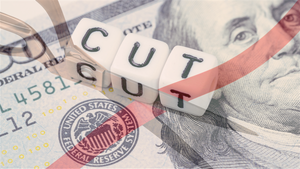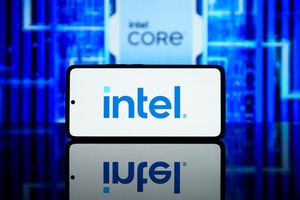Financing a startup requires going to different sources of capital depending on the stage we are in. We give you some ideas, so you don't tire yourself trying. Moving forward with a good business idea needs, in many cases, capital to be able to tackle all the necessary tasks at the right time. Randall Castillo Ortega, the founder of RACO Investment in Costa Rica and Panama, offers different ways entrepreneurs can find financial support for their startups.
It is very important to know which sources of financing we can turn to without paying an excessive or unnecessary price, especially in terms of equity. Explains Castillo, “A startup is a new or young company that presents great potential for growth and markets products and services through the use of information and communication technologies. It is a business that quickly goes on the market to achieve the necessary growth and financing through digital transformation.”
With pre-seed funding, there is only the idea. At this stage, it is time to look for partners and sign a Partner Pact with them. You will need some funding from family and friends.
With seed funding, it's time to validate the business and trade. Financing must be obtained through a participatory loan or a business angel.
During the growth stage, the business model works and begins to have cash flow. However, a capital injection is necessary for the business to grow according to the Business Plan. This is where investment funds come in.
For those businesses in the scale-up stage, the scalability of the business means that the startup can internationalize and expand to different or complementary market segments with similar goals or trajectories. The expansion may be accompanied by alliances with other companies or with the entry of private equity.
Lastly, in the exit stage, it's time to go to the stock markets or sell to another company. Or not, depending on your goals or visualization of your company's future.
Even if the term doesn't sound familiar to you, it should always be the first choice. Bootstrapping refers to the ability to self-finance, using only the capital contributed by the founding partners and that generated by the business itself. It has a fundamental advantage; the founding partners do not lose equity and maintain full decision-making capacity. There is no dilution derived from having to sell shares to investors, so you will always keep 100% of the company.
But it is also true that this mechanism is not feasible in some cases. The very definition of startup implies the existence of costs that will appear before the phases in which the company generates sufficient capital flows to sustain the cost (break-even). Whatever the amount you need, you must keep in mind that any investor will fundamentally value two things, the business plan and the team.
If the contributions of the founding members are not enough to cover those costs, you can always resort to family and friends. You will be receiving a “soft loan” without the demands of other potential investors to whom you will have to turn later. Although not set in stone, we could be considering the need to cover between $5,000 and $30,000.
With the MVP in hand, it is necessary to start verifying the business hypotheses as widely as possible. You have to identify the target customer segments and reach them. And for this, a greater investment will be necessary than can be asked of the 3F (unless one is from a wealthy background).
“The financing and/or subsidy you have obtained in the pre-seed phase will allow you to verify the business hypotheses and start having income. The business model works and begins to generate cash flow,” adds Castillo.
Now a capital injection is necessary for the business to grow according to the business plan. And this is where the investment funds come in. The necessary capital fork if your startup reaches this phase will vary a lot depending on the business itself, but we can talk about a range between $500,000 and $5 million.
This first round of investment is known as Series A and what the company is looking for is the necessary investment to grow revenues until it reaches break-even, the income generated covers the operating cost. The normal thing in this phase is to go to venture capital (VC) that will invest in your company if you are convinced that by increasing sales, the company will increase its margins and, therefore, generate sufficient profit to recover its increased investment according to the agreed profitability.
The capital contributed by the VC will grant you sufficient participation of the company to control the decision-making bodies of the same so that you can ensure that your contribution is used for the agreed purposes. It is usually an investor who will remain in the company for a period of between five and 10 years and who will require the permanence of the startup's management team. From this moment on, and if the business continues to grow, Serie B, Serie C and, perhaps, Exit funding will come.
About RACO Investment
RACO Investment is a financial investment firm serving small- and medium-sized companies in Panama and Costa Rica. It was founded by Randall Castillo Ortega, an expert financial adviser who has his roots in the import and export industry in Latin America. The firm has helped numerous startups find the financial support they needed to get off the ground. It has also contributed bridge loans to assist those looking to restructure or improve their operations.
— WebWireID292283 —






